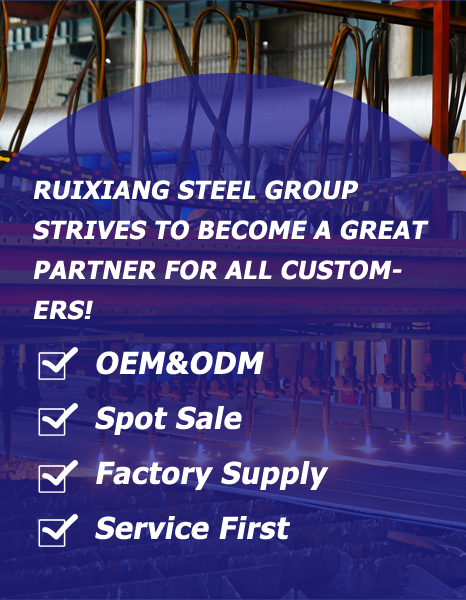How to Read and Understand Material Test Certificates for Stainless Steel
 Click:177Edit: Admin
Click:177Edit: Admin Time:2025-10-04 00:41:02
Time:2025-10-04 00:41:02
How to Read and Understand Material Test Certificates for Stainless Steel
Material Test Certificates (MTCs) serve as the essential "passport" for stainless steel materials, providing verified evidence of their quality, composition, and performance. For engineers, architects, and procurement specialists, understanding these documents is crucial for ensuring project integrity and compliance. This guide will help you navigate the key elements of stainless steel MTCs with confidence.
What is a Material Test Certificate?
A Material Test Certificate (MTC), also known as a Mill Test Certificate, is a quality assurance document that verifies the technical parameters of metal products . For stainless steel, this certificate confirms that the material's chemical, mechanical, and physical properties align with international standards and specific order requirements .
These certificates are particularly vital for stainless steel applications in demanding environments such as pressure vessels, chemical processing, architectural facades, and food processing equipment where material integrity cannot be compromised.
Breaking Down the Key Sections of an MTC
1. Manufacturer and Product Information
This section identifies the production facility and includes their name, logo, or official stamp . It also specifies the product form (sheet, plate, pipe, bar) and its basic dimensions (thickness, width, length) .
2. Material Traceability
The material heat number or batch number serves as the crucial tracking identifier . This number must match the certificate and the physical markings on the material itself, enabling complete traceability back to the production batch .
3. Material Grade and Specification
Here you'll find the stainless steel grade (such as 304, 304L, 316, 316L) and the applicable technical standards (like ASTM A240 or EN 10088) . This section confirms the material meets the specific regulatory requirements for your application.
4. Chemical Composition
This critical portion details the percentage of alloying elements including chromium, nickel, molybdenum, and carbon content . For example, 316L stainless steel must show molybdenum ≥2.0% and carbon ≤0.03% to verify its corrosion resistance and welding characteristics .
5. Mechanical Properties
This section provides performance data including yield strength (Rp0.2), tensile strength (Rm), elongation (A%), and hardness values . These results demonstrate how the material will behave under structural loads.
6. Heat Treatment and Processing
Information about thermal processes such as solution annealing (for austenitic stainless steels) or other heat treatments is documented here . This directly affects the material's corrosion resistance and mechanical properties.
7. Testing and Inspection Results
This part records specific examinations conducted on the material, which may include non-destructive testing (NDT), hydrostatic tests, impact tests, or additional inspections requested by the customer .
Understanding EN 10204 Certificate Types
European standard EN 10204 classifies inspection documents into different types, with these being most common:
Type 2.1: A declaration of compliance without specific test results, based on the manufacturer's internal production control .
Type 2.2: Includes test results from the manufacturer but not necessarily from the specific batch delivered .
Type 3.1: Provides specific test results from the delivered batch, verified by the manufacturer's inspection department independent of production .
Type 3.2: Offers the highest verification level with specific testing validated by an independent third party . This is often required for safety-critical applications like pressure equipment or nuclear components .
Practical Tips for Verification
Match the heat number on the certificate with the material marking
Verify critical parameters like carbon content for corrosion resistance
Confirm the certificate type matches your project requirements
Check third-party validation for Type 3.2 certificates
Ensure manufacturer's documentation includes proper signatures and stamps
At Ruixiang Steel, we provide comprehensive MTCs with every shipment, ensuring complete transparency and compliance with international standards. Our technical team can help you interpret certificate details specific to your project requirements, giving you confidence in the quality and traceability of your stainless steel materials.
 Click:177Edit: Admin
Click:177Edit: Admin Time:2025-10-04 00:41:02
Time:2025-10-04 00:41:02

